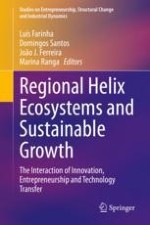2020 | OriginalPaper | Chapter
Implications of Urban Sustainability, Socio-ecosystems, and Ecosystem Services
Authors : José G. Vargas-Hernández, Karina Pallagst, Justyna Zdunek-Wielgołaska
Published in: Regional Helix Ecosystems and Sustainable Growth
Publisher: Springer International Publishing
Activate our intelligent search to find suitable subject content or patents.
Select sections of text to find matching patents with Artificial Intelligence. powered by
Select sections of text to find additional relevant content using AI-assisted search. powered by
